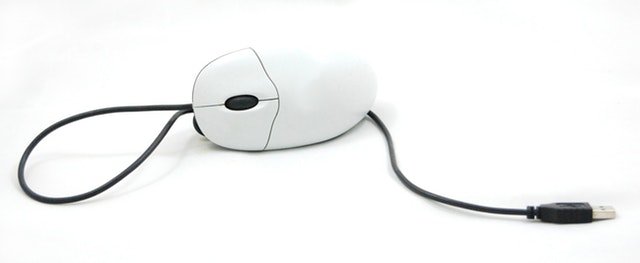
We demand a lot from our IT resources – and as possibilities expand, and the amount of data we process mounts, we can find that the performance of our infrastructure is left lacking. Network performance monitoring solutions can give oversight of the operations of enterprise networks, freeing up resource to present availability in response to peaks in demand, and keeping overall performance running well.
Such network monitoring tools can be proactive – running real-time analytics, minimizing network disruption and downtime and solving issues that crop up quickly. And of course, this will save you time and money in the long run. But if you’re in the process of managing a growing start-up enterprise, heavily reliant on strong IT infrastructure, then you may encounter problems as the network grows quickly.
You may identify issues with effective monitoring that slow you down in identifying where a problem has its origin. Fixing problems can take longer than anticipated – and all the while you could be losing business. Here are some ways in which you can effectively optimize your network for maximum performance, minimum downtime and disruption to service:
Understanding The Set Up
Any attempt to remedy performance issues depends on your understanding of what’s happening within your network at any given moment. While people tend to automatically assume the network itself if, at fault, it may actually be PCs or servers that are causing problems. A tool like Compuware’s Vantage can help you pick up on problematic clients, bad performance on a WAN link, or badly constructed SQL on a server. This type of analysis tends to reveal issues existing on the system that you haven’t even been aware of – structural issues with the initial set up for example. If you take the time to collect all the information then you can head off most problems before they even impact on users. Adding bandwidth without first performing this type of diagnostic can be an expensive mistake, and the solutions that work for you will depend on the environment your network operates in. Opt for auto-alerts to let you know when an unusual event is occurring- you can usually set them up as emails or even text messages to your phone. There may be external factors that get flagged in this way, such as a neighboring WLAN coming online that then impacts the performance of your own network.
Future-proof Your Network
It’s important to factor in future requirements as well as stabilizing current demand. Build in future proofing measures through planning at the outset for increased capacity requirements. Capacity planning functionality in diagnostics will give you the required level of details about where future potential losses in data and packets lie by identifying areas prone to traffic slow down. If you are using too little bandwidth, it can cause as many problems as overload by contributing to underwhelming performance. Take a preventative approach to managing resources and data, and your network will run much more efficiently over time, for a small investment at the outset.
Keep Network Oversight
You need full visibility to keep everything running smoothly. It helps you to check on the flow of authorized traffic –and see any unauthorized requests too. Flagging up even currently non-critical issues with server, routing, bandwidth and network allows you to prevent issues before they become damaging to operations. If you have ‘blind spots’ such as increased traffic data or unexpected application performance, it can also make you aware of these.
Make it Visual
Dashboards are the ideal took for optimizing the performance of your network. With access to instant, at-a-glance information about performance, up/down status, storage, and wireless capacity – whether that’s on the premises or in the cloud – you’ll be able to see your network’s internal characteristics using endpoint data informatics. This can also help when it comes to collaborative working – any suppliers, associates, and vendors can also be notified of current network issues and work together on analyzing multiple layers of data.
Understanding the Cost
Business is all a matter of tackling competing priorities and resource demand. So it’s important to understand – and be able to explain to others – why network integrity needs to be prioritized. Understanding the true cost of issues can be a matter of quantifying it regarding lost revenue, damage to productivity or your business reputation taking a hit, which can cost you, future clients. Attach some solid numbers to these outcomes of potential downtime and outages, and you have a very convincing argument for investing in robust architecture and diagnostic tools.